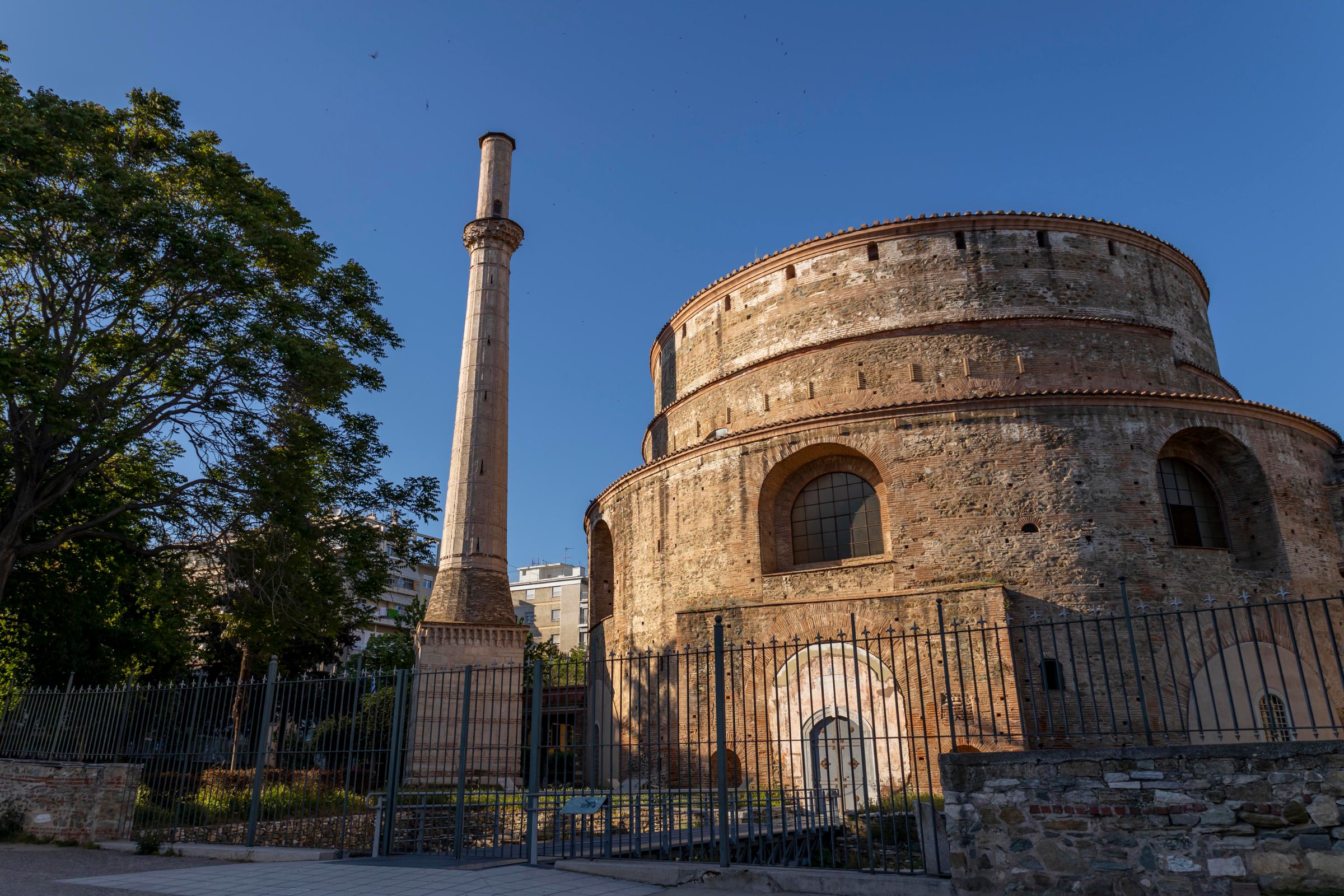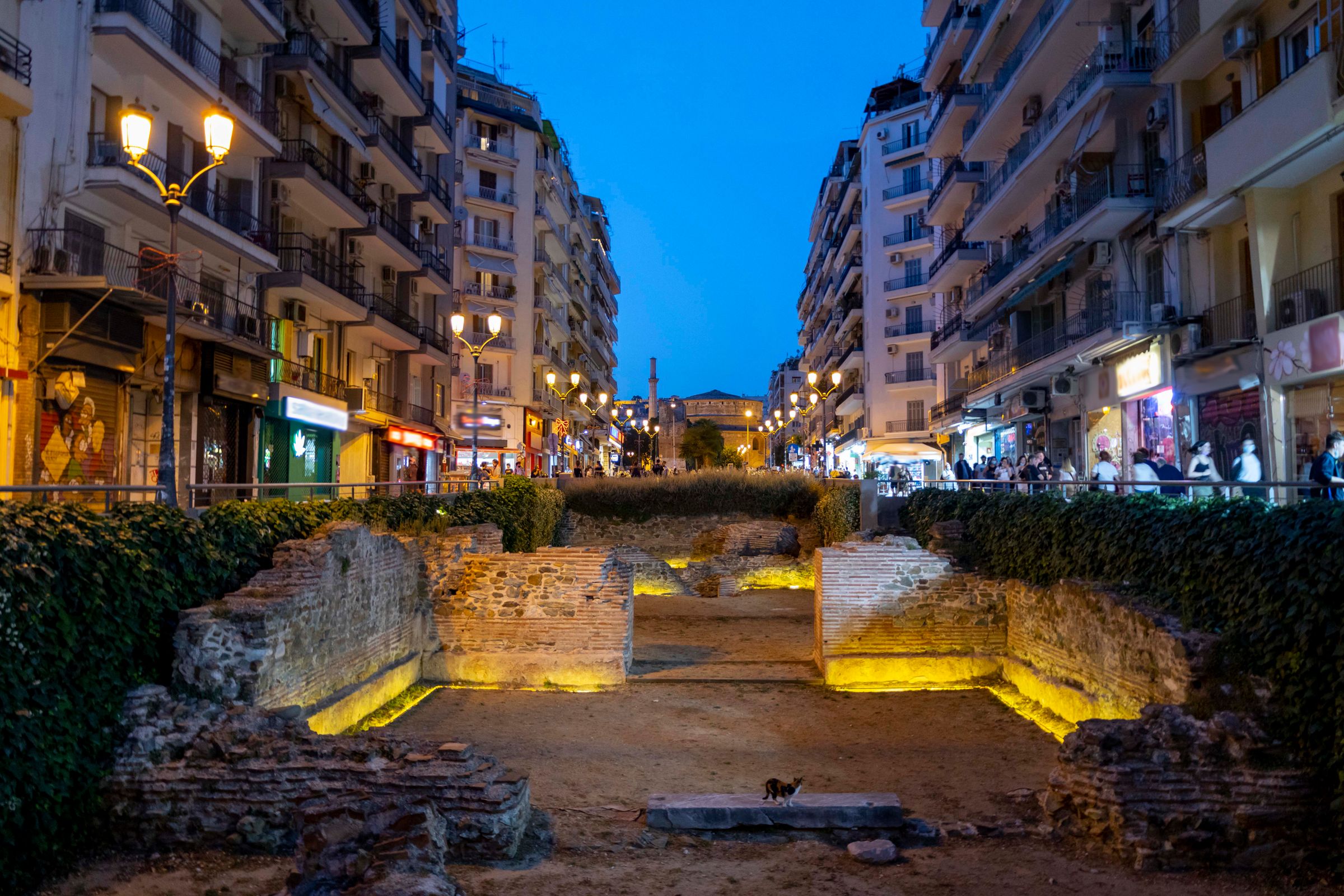
Roman Hippodrome of Thessaloniki
Roman Hippodrome of Thessaloniki
The location of the magnificent architectural work of the Roman period
The Roman Hippodrome of Thessaloniki was a magnificent architectural work of the Roman period, located in the eastern part of the ancient city, near the area where the Hippodrome Square is today. The Hippodrome was constructed in the 3rd century AD and was used for public spectacles such as chariot races, games of chance and other spectacles, which were extremely popular in Roman society.
The racecourse was about 450 metres long and 95 metres wide, with a capacity of tens of thousands of spectators, which testifies to its importance in the social life of the city. Its location was strategic, as it was close to the palace complex and the Rotunda, which were central points of Roman Thessalonica.
The Hippodrome is also associated with important historical events, such as the massacre of 390 AD, when, following a revolt by the inhabitants of Thessaloniki, the Emperor Theodosius ordered the slaughter of thousands of citizens in the Hippodrome, an event recorded as one of the bloodiest acts in Roman history.
Today, almost nothing remains of the racecourse, as the area has been urbanised and covered by modern buildings. However, the Hippodrome Square retains the name of the ancient monument and reminds us of its historical existence.







